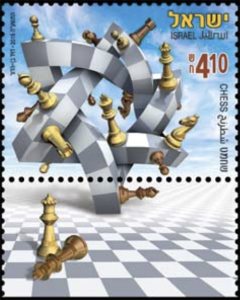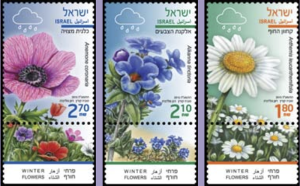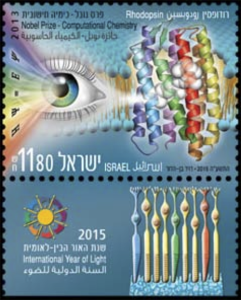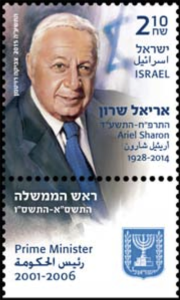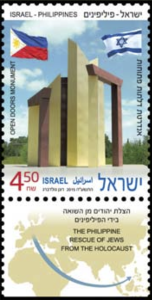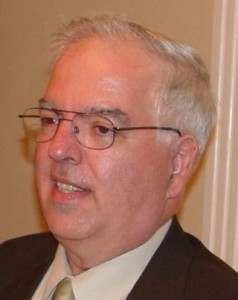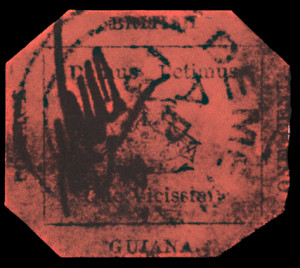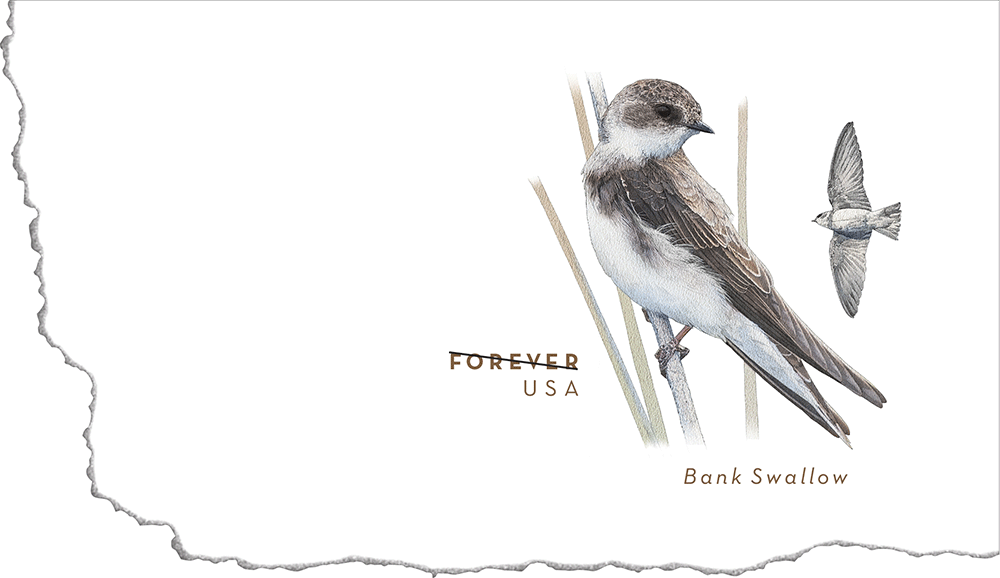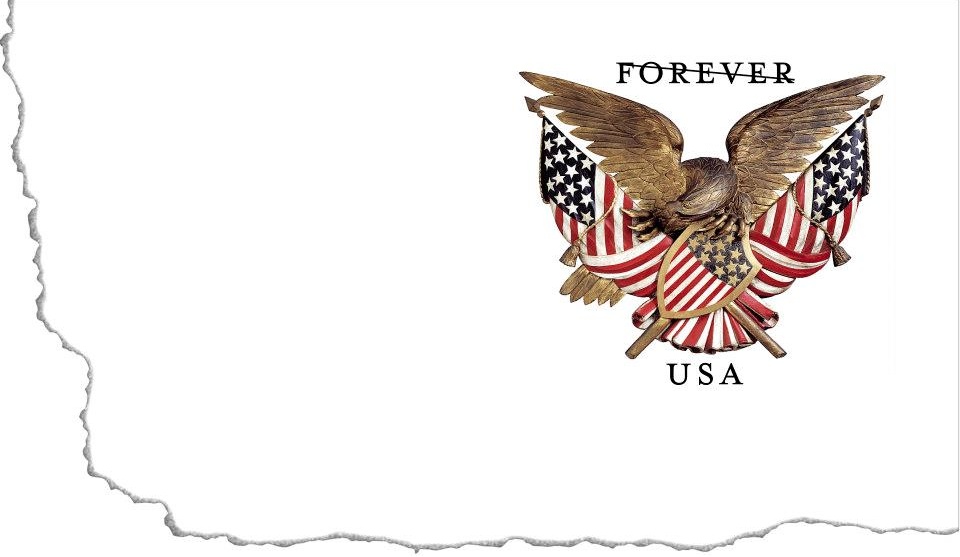Updated January 21:
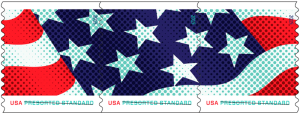 On February 27, 2015, in Grapevine, TX, the U.S. Postal Service® will issue a non-denominated, presorted standard rate (10-cent value) Stars and Stripes stamp in three designs, in pressure-sensitive adhesive coils of 3,000 (Item 783100) and 10,000 (Item 783200) stamps.
On February 27, 2015, in Grapevine, TX, the U.S. Postal Service® will issue a non-denominated, presorted standard rate (10-cent value) Stars and Stripes stamp in three designs, in pressure-sensitive adhesive coils of 3,000 (Item 783100) and 10,000 (Item 783200) stamps.
The stamps will go on sale nationwide February 27, 2015.
This year, the U.S. Postal Service celebrates a symbol of national pride with the Stars and Stripes issuance. The design of the three presorted standard stamps, which together form elements of a waving flag, puts a contemporary spin on an American classic. The stamps feature wavy red and white stripes, a blue field, and five-pointed stars. Along the bottom of each stamp are the words “USA Presorted Standard.” Art director Greg Breeding designed the stamps illustrated by Nancy Stahl.
How to Order the First-Day-of-Issue Postmark:
Customers have 60 days to obtain the first-day-of-issue postmark by mail. They may purchase new stamps at their local Post Office, at The Postal Store® website at http://www.usps.com/shop, or by calling 800-STAMP-24. They should affix the stamps to envelopes of their choice, address the envelopes (to themselves or others), and place them in a larger envelope addressed to:
 Stars and Stripes Stamps
Stars and Stripes Stamps
Postmaster
Grapevine Main Post Office
1251 William D. Tate Avenue
Grapevine, TX 76051-9998
After applying the first-day-of-issue postmark, the Postal Service™ will return the envelopes through the mail. There is no charge for the postmark up to a quantity of 50. For more than 50, customers have to pay five cents each. All orders must be postmarked by April 28, 2015.
There is one philatelic product for this stamp issue:
- 783216 First-Day Cover set of 3, $3.00
Technical Specifications:
 Issue: Stars and Stripes Stamps
Issue: Stars and Stripes Stamps
Item Number: 783100
Denomination & Type of Issue: Presorted Standard, Nondenominated Definitive (10-cent value)
Format: Coil of 3,000 (3 designs)
Series: N/A
Issue Date & City: February 27, 2015, Grapevine, TX 76051
Art Director: Greg Breeding, Charlottesville, VA
Designer: Greg Breeding, Charlottesville, VA
Typographer: Greg Breeding, Charlottesville, VA
Artist: Nancy Stahl, New York, NY
Modeler: Donald Woo
Manufacturing Process: Offset
Printer: Banknote Corporation of America/SSP
Printed at: Browns Summit, NC
Press Type: Alprinta 74
Stamps per Coil: 3,000
Print Quantity: 60,000,000 stamps
Paper Type: Nonphosphored, Type III
Adhesive Type: Pressure-sensitive adhesive
Processed at: Banknote Corporation of America, Browns Summit, NC
Colors: PMS 186, PMS 570, PMS 662
Stamp Orientation: Vertical
Image Area (w x h): 0.73 x 0.84 in./18.54 x 21.34 mm
Stamp Size (w x h): 0.87 x 0.98 in./22.10 x 24.89 mm
Plate Size: 540 stamps per revolution
Plate Numbers: “S” followed by three (3) single digits
Coil Number Frequency: Plate numbers every 27th stamp below stamp image
Technical Specifications:
 Issue: Stars and Stripes Stamps
Issue: Stars and Stripes Stamps
Item Number: 783200
Denomination & Type of Issue: Presorted Standard, Nondenominated Definitive (10-cent value)
Format: Coil of 10,000 (3 designs)
Series: N/A
Issue Date & City: February 27, 2015, Grapevine, TX 76051
Art Director: Greg Breeding, Charlottesville, VA
Designer: Greg Breeding, Charlottesville, VA
Typographer: Greg Breeding, Charlottesville, VA
Artist: Nancy Stahl, New York, NY
Modeler: Donald Woo
Manufacturing Process: Offset
Printer: Banknote Corporation of America/SSP
Printed at: Browns Summit, NC
Press Type: Alprinta 74
Stamps per Coil: 10,000
Print Quantity: 1,000,000,000 stamps
Paper Type: Nonphosphored, Type III
Adhesive Type: Pressure-sensitive adhesive
Processed at: Banknote Corporation of America, Browns Summit, NC
Colors: PMS 186, PMS 570, PMS 662
Stamp Orientation: Vertical
Image Area (w x h): 0.73 x 0.84 in./18.54 x 21.34 mm
Stamp Size (w x h): 0.87 x 0.98 in./22.10 x 24.89 mm
Plate Size: 540 stamps per revolution
Plate Numbers: “S” followed by three (3) single digits
Coil Number Frequency: Plate numbers every 27th stamp below stamp image
Announced December 23rd and in the January 8th Postal Bulletin. From the USPS:
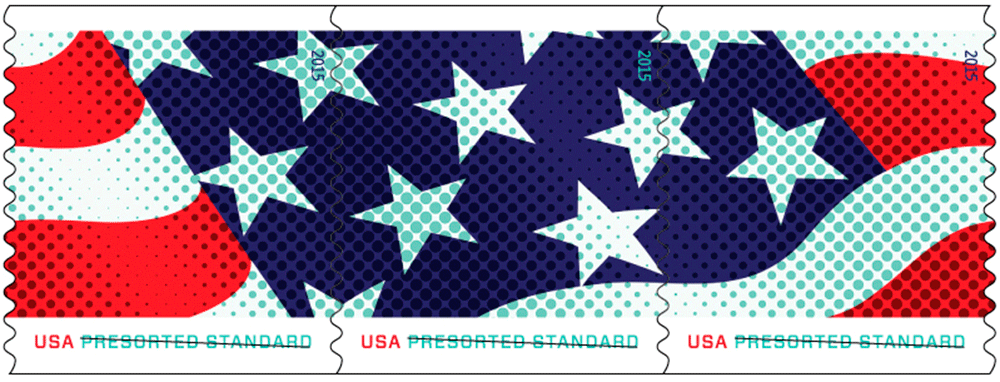 “This year, the U.S. Postal Service celebrates a symbol of national pride with the Stars and Stripes issuance. The design of the three Presorted Standard stamps, which together form elements of a waving flag, puts a contemporary spin on an American classic. The stamps feature wavy red and white stripes, a blue field, and five-pointed stars. Along the bottom of each stamp are the words “USA Presorted Standard.” Art director Greg Breeding designed the stamps illustrated by Nancy Stahl.”
“This year, the U.S. Postal Service celebrates a symbol of national pride with the Stars and Stripes issuance. The design of the three Presorted Standard stamps, which together form elements of a waving flag, puts a contemporary spin on an American classic. The stamps feature wavy red and white stripes, a blue field, and five-pointed stars. Along the bottom of each stamp are the words “USA Presorted Standard.” Art director Greg Breeding designed the stamps illustrated by Nancy Stahl.”
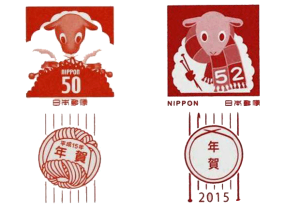 Tending to its knitting paid off for Japan Post.
Tending to its knitting paid off for Japan Post.
